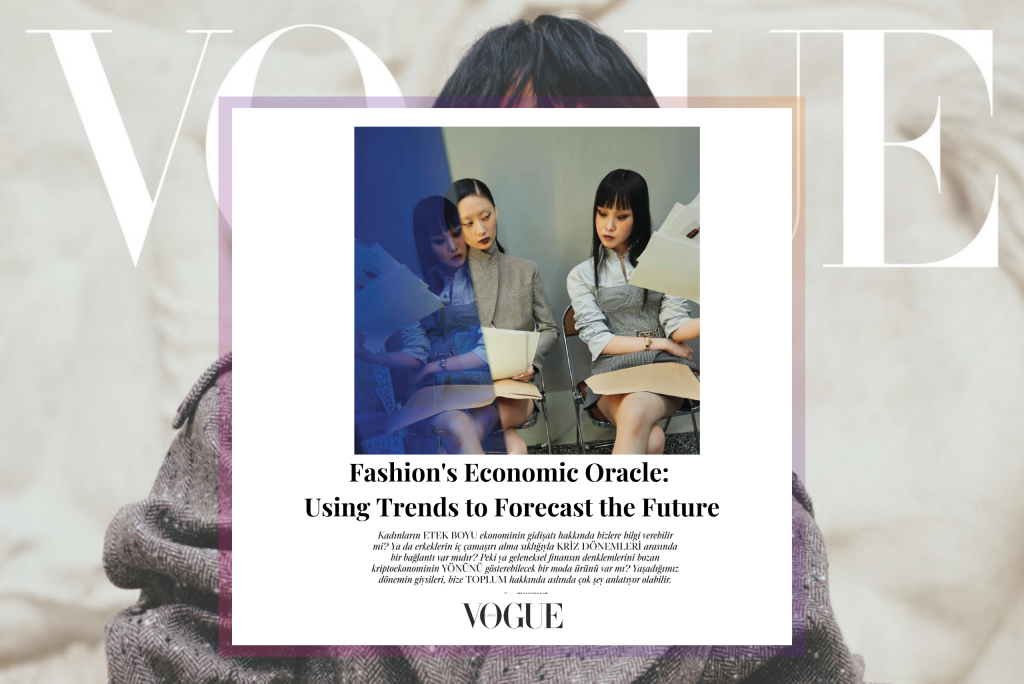Fashion’s Economic Oracle: Using Trends to Forecast the Future

Question:
Can the length of women’s skirts predict the course of the economy? Is there a link between the frequency with which men buy underwear and periods of crisis? And can fashion items indicate the direction of the cryptoeconomy, which is disrupting traditional finance?
Our clothes can actually tell us a lot about society.
When we talk about fashion trends, we usually think of popular clothing styles, colors, and brands. But trends are more than meets the eye. They can also reveal a lot about society’s socioeconomic situation, social psychology, and the effects of social events.
Fashion’s “mirror” feature is evident in the cyclical nature of trends, as certain styles make a comeback in response to recurring social events. Many industries recognize this and track fashion trends to understand the current state of the world and its future.
The global fashion and textile industry is worth around 3 trillion dollars, so it’s no surprise that economists have been trying to use fashion as a predictive tool for the economy since the 1920s. But can hemlines really tell us about the direction of the economy? Is there a link between the frequency with which men buy underwear and periods of crisis? What can luxury fashion products tell us about the future of the economy at the intersection of the disruptive cryptoeconomy and Generation Z? Is there a fashion indicator that can show us the economic fluctuations of our time?
